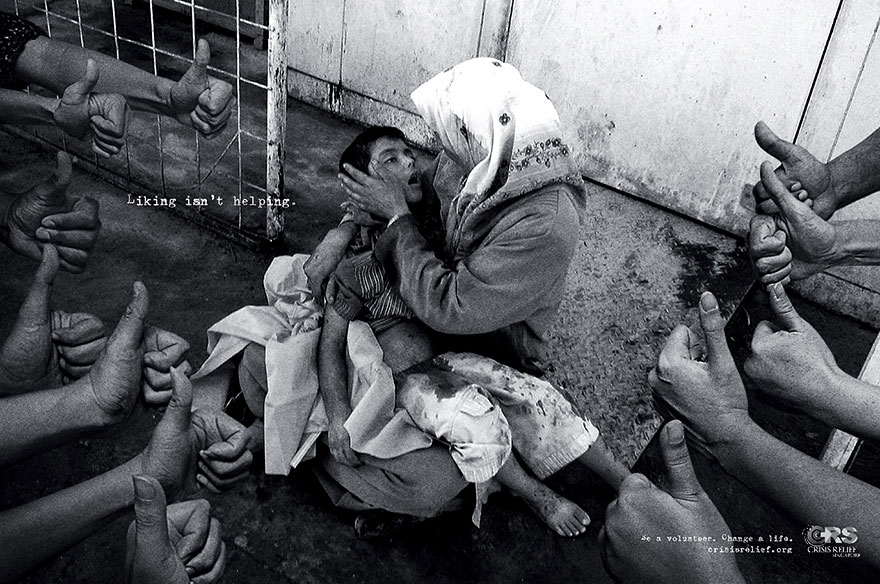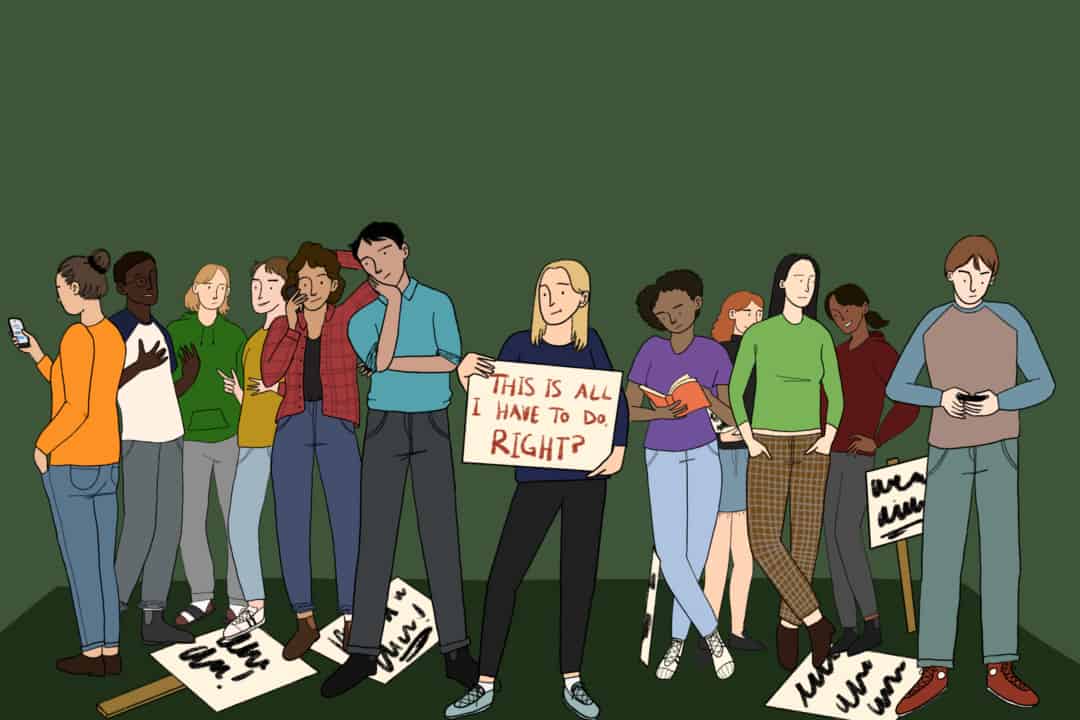When it comes to clothes, there are many factors that come into play when building your closet. Some of these factors include material, price, and timeless versus trendy, but one of the most important— color– and how you style outfits through different color schemes. When picking out an outfit, you may not even notice it but there are some combinations that many people enjoy. This could be a monochromatic look, pastel, bright colors, or a neutral outfit. The colors that you choose to wear can portray different moods and set a tone for how you want the day to go.
What colors you choose to wear can also heavily be influenced by the setting that you will be in while wearing the outfit. For example, there is a time and place for bright colors and a differing time and place for neutral tones. In my personal opinion, I feel like people have been reverting back to more muted colors in their wardrobes in hopes of creating a long-lasting wardrobe instead of having to cycle through new clothes every couple of years. Having a healthy mix of different colors in your wardrobe and finding what you feel the most confident and flattered in is important. For myself, I tend to gravitate towards navy blues, whites, grays, and light pink. The fun thing about picking out clothes is finding out what caters best to your personal style and getting to explore various areas of color and material.
The colors you tend to wear can also change within a season. Winter is mostly deep reds, black, and beige. Spring is a lot of pastels, light blues, and pinks. Summer is white, navy, and brighter colors. Fall is oranges, neutrals, and grays. These different colors are connected to certain areas that relate to the season. This is what starts to build on to the importance of color and make it less of a two-dimensional topic. Many fashion designers and brands use color to cater to their consumers. For example, when you think of Ralph Lauren, you think of muted colors that are sophisticated. This could include deep blues, baby pinks, and hues of brown. But, on the other side of the spectrum, Gucci is known for more of an eccentric play on designs and colors.
In fashion, color is more than a hue or shade that we see; it’s a story of many characteristics that create depth within an outfit. So, next time you pick out an outfit be more mindful of what the color of your clothes means to you. Maybe you will even purse-shoe your dreams of an ideal color scheme!


